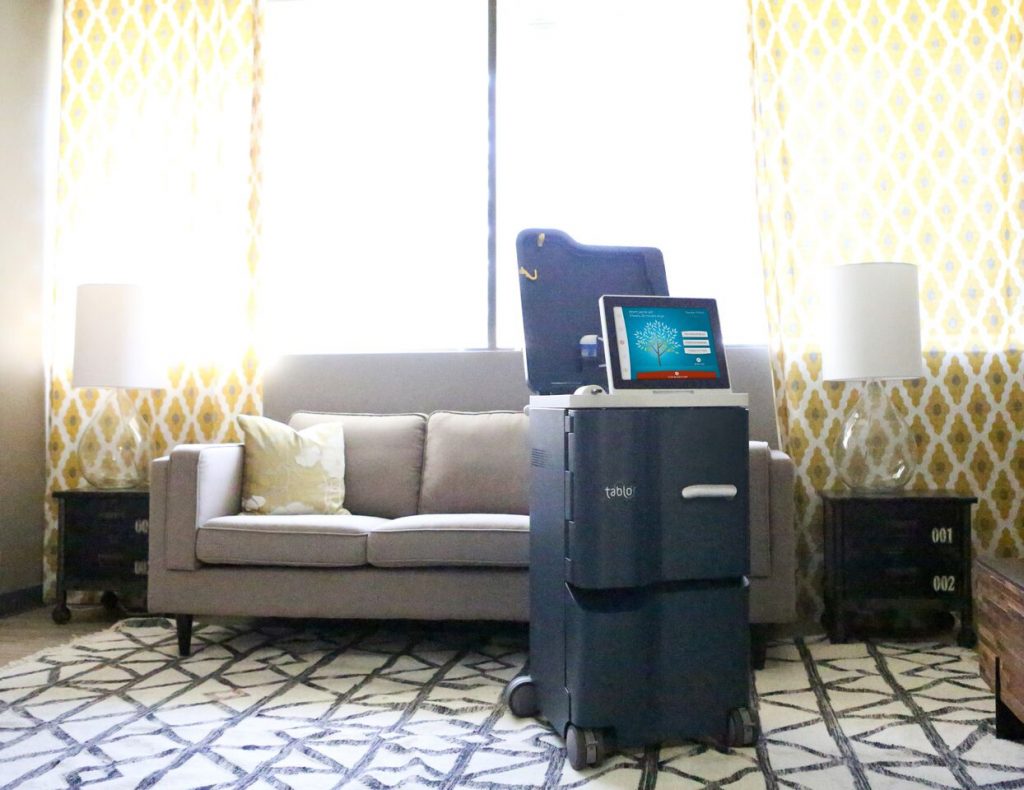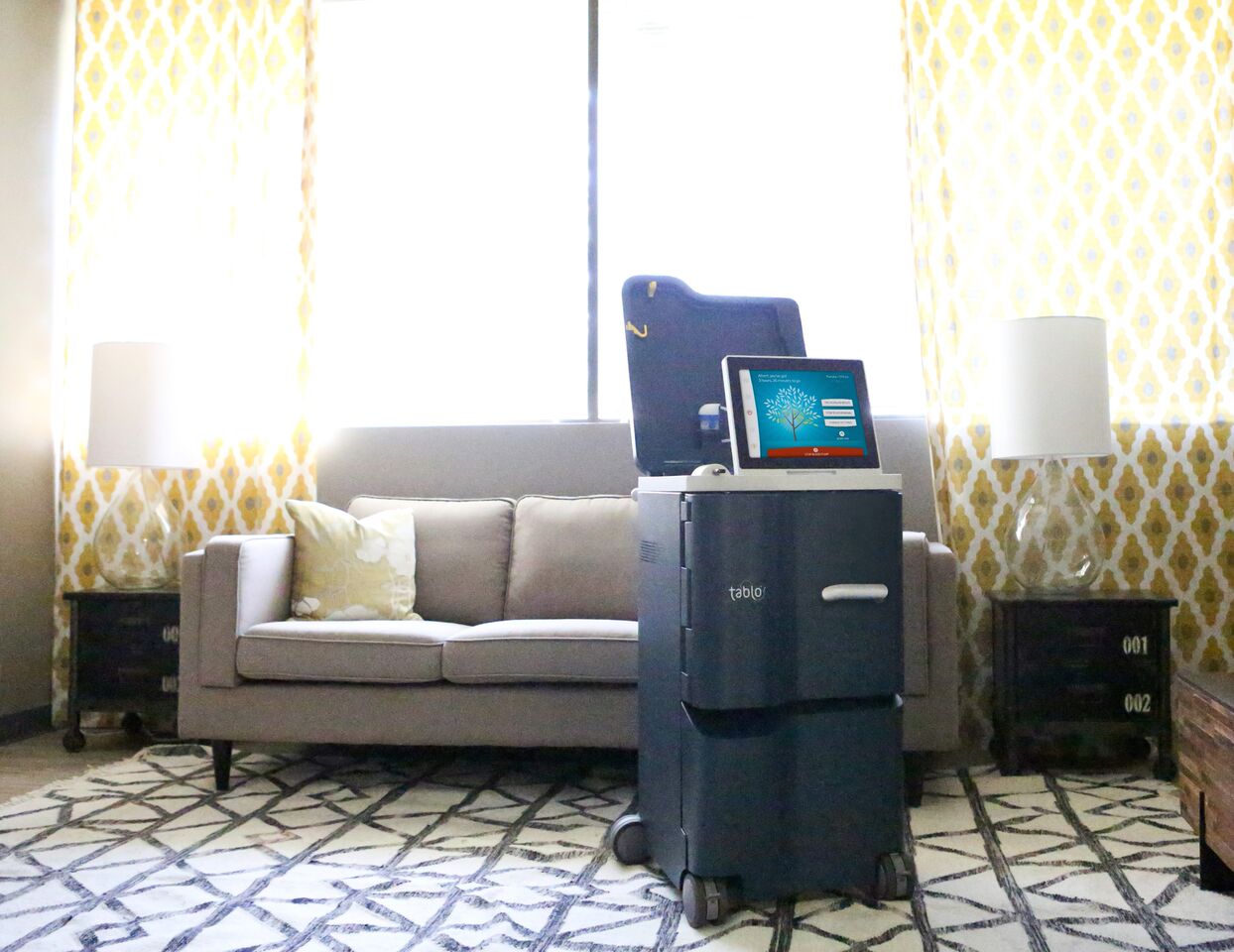 The economics of kidney disease in America is a hefty burden: about 26 million people in the U.S. have some aspect of chronic kidney disease and are at-risk of kidney failure. The number of people diagnosed with kidney disease doubled during each of the last two decades, according to the American Society of Nephrology. The annual cost of treating end-stage renal disease (ESRD) is over $32 billion, consuming 28% of Medicare expenditures…and increasing.
The economics of kidney disease in America is a hefty burden: about 26 million people in the U.S. have some aspect of chronic kidney disease and are at-risk of kidney failure. The number of people diagnosed with kidney disease doubled during each of the last two decades, according to the American Society of Nephrology. The annual cost of treating end-stage renal disease (ESRD) is over $32 billion, consuming 28% of Medicare expenditures…and increasing.
Now consider the personal costs of dialysis in America: about $500 for a single hemodialysis treatment in a center, roughly $72,000 a year for one patient. There are other costs of traditional dialysis treatment, especially time costs, convenience, and disruption to everyday life flows.
Tablo is the new-new thing for patients who need this treatment, which Outset Medical’s CEO, Leslie Trigg, has coined, the “K-Cup of dialysis.”
Why, K-Cup? Because now, dialysis can be done at home by patients for self-care, thanks to innovations developed by Outset Medical. The company attracted a $76.5 million investment earlier this month to help scale and market the technology to patients for self-care at home.
I had the pleasure of interviewing Leslie Trigg, CEO of Outset Medical, on the main stage of the Health 2.0 Conference in 2015. She spoke about Tablo, the scaled-down device shown in the living room photo here, and its breakthrough, consumer-centered design for an all-in-one dialysis solution. The device:
- Makes clean water
- Produces dialysate
- Takes blood pressure, and
- Delivers medication.
As Outset Medical’s messaging says, “Goodbye accessories, hello simplicity.” That’s music to the ears of dialysis patients and caregivers.
Tablo can be seen as part of the growing Internet of Medical Things at home, providing services and generating data at the same time. There’s a data platform, use of cloud computing, and integration with patients’ electronic health records.
For more information on kidney disease, check out the National Kidney Foundation’s website.
Health Populi’s Hot Points: In the not too distant future, I expect a new HGTV’s DIY home show: how to artfully design your home to support your healthy home.
The more healthcare, and especially capital-heavy higher-cost services, can be delivered in lower-cost settings, the more we can bend that stubborn upwardly-mobile cost curve. Note that dialysis consumes over one-fourth of Medicare spending. Imagine how deploying self-care solutions like the consumer-centered designed Tablo can positively impact personal and public health spending.
This is one example of the growing home-as-medical-home prospect. Patients, now health care consumers, can demand and expect more which can benefit both physical and fiscal outcomes.





 I love sharing perspectives on what's shaping the future of health care, and appreciate the opportunity to be collaborating once again with Duke Corporate Education and a global client on 6th May. We'll be addressing some key pillars to consider in scenario planning such as growing consumerism in health care, technology (from AI to telehealth), climate change, and trust -- the key enabler for health engagement or dis-engagement and mis-information. I'm grateful to be affiliated with the corporate education provider
I love sharing perspectives on what's shaping the future of health care, and appreciate the opportunity to be collaborating once again with Duke Corporate Education and a global client on 6th May. We'll be addressing some key pillars to consider in scenario planning such as growing consumerism in health care, technology (from AI to telehealth), climate change, and trust -- the key enabler for health engagement or dis-engagement and mis-information. I'm grateful to be affiliated with the corporate education provider  Thank you FeedSpot for
Thank you FeedSpot for